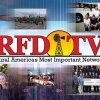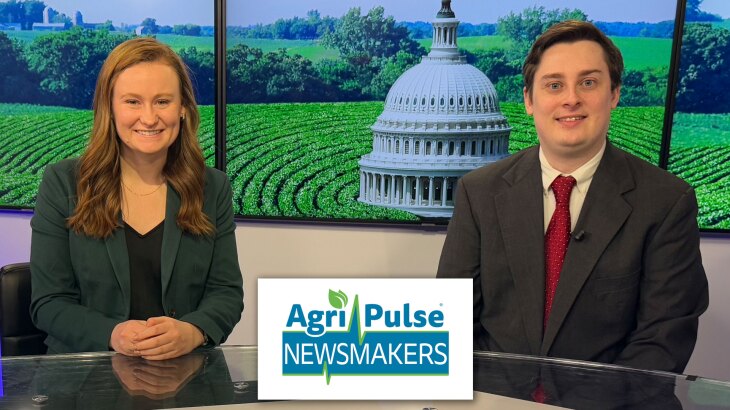As soybean planting ramps up across the country, agronomists have some things farmers should consider before heading to the field.
“Soybeans have the ability to – if there’s less plants per acre – they can branch out. But also, when you start branching out too much . . . (depending on other factors) you might not have as many pods per branch; you kind of have to give and take. Soybeans are indeterminate so they have the ability to (if there’s more space) continue growing. If growing conditions are correct – they’ve got the right day length, and we’ve still got good growing degree units – they can keep growing in their vegetative stage. But once we hit a certain day length they’re going to switch over to reproductive [stage]: more branches, potentially more pods,” said Tina Sullivan.
If your meteorologist is forecasting either a wetter or drier growing season, agronomist Logan Simon says that is something growers should take into consideration.
“There’s always that trade-off where we’re trying to balance maximizing the potential of that crop out there with also being on the conservative side, knowing that if we have more plants out there and they’re spaced more closely together, we’ve got greater competition, or potential for competition, with water.”












